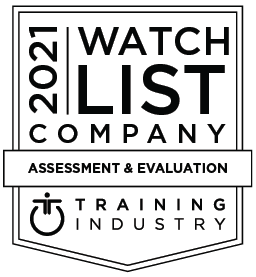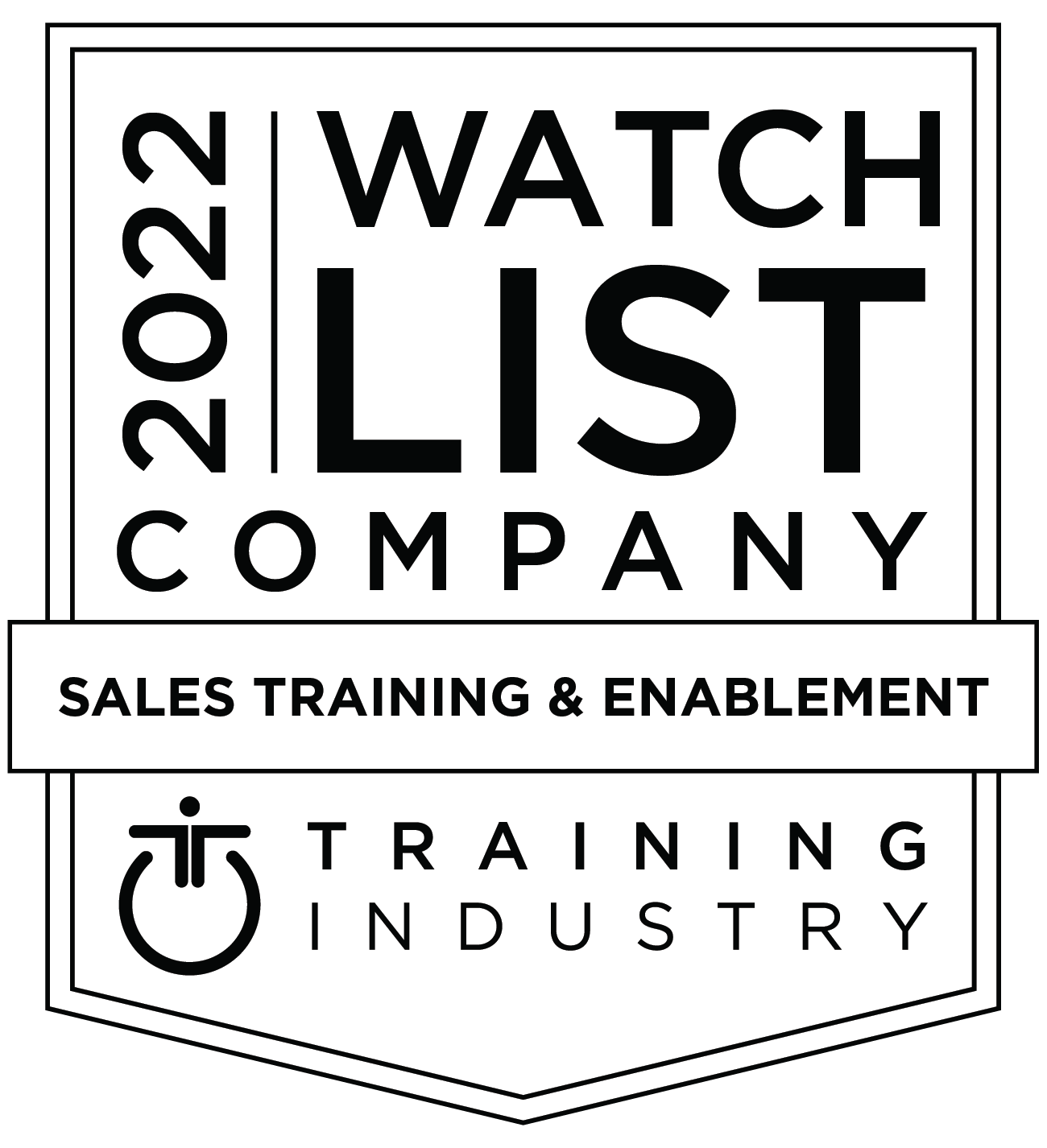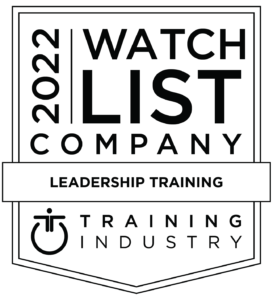How much time does YOUR senior management team spend in meetings?In the past two blog posts, I talked about the hidden costs of poor meetings and their corrosive impact on decision making in your organization.
Now, there’s one more factor to consider: the impact of poor meeting discipline on your company’s top executives.
Are your senior managers wasting their time in meetings?Executive time is one of the most precious resources in any company. It’s critical to spend it wisely. According to researchers at Harvard Business School and the London School of Economics, the typical senior manager spends more than a third of their working week (18 hours) in meetings.1
What happens if those meetings are poorly managed?
The costs of mismanaged executive meetings are high, considering the sheer amount of time wasted alone — never mind the resources squandered or the impact of subpar outcomes.
When senior managers meet with each other to talk about strategic issues, the stakes are even higher. According to Bain Consulting:
“The typical company’s senior executives spend less than three hours a month working together as a team, and usually less than three hours discussing strategic issues. The result? Constant frustration. Poorly considered decisions. Bad investments and missed opportunities.”2
What’s the message here? If you want senior executives to make better strategic decisions, focus on improving the communication that takes place in the meetings your executives plan and attend.
Here’s how to help your executives make better decisions. Not sure how to begin tackling this challenge? Here are three proven approaches:
(1) Drive decisions, not discussions.
Keep the focus on what’s most strategic and important. Ensure every agenda item is focused on making a decision— not just encouraging dialogue.
(2) Repackage technical proposals for executive consumption.
When presenting to executives, connect your recommendations to executive care-abouts. Too often, people get caught up presenting the process or a “here’s how it works” analysis.
Instead, present content that helps executives consider the decision at hand in the context of the issues or challenges they care about most (e.g., financial returns, risk avoidance, competitiveness, etc.).
(3) Give executives the right tools.
Make sure your executives, too, are able to communicate with maximum efficiency and productivity. Provide your entire executive team with a common framework for communication, one that takes the guesswork out of how to present and drive progress on the strategic issues and decisions that need to be made.
How your executives communicate with one another impacts their ability to make good decisions quickly and ultimately determines the quality of those decisions.
Executive time is a scarce commodity. Making the most of it requires clear, concise, and confident communication focused squarely on the strategic issues that senior executives value most, and that are most important to your organization.
Interested in learning more? Watch this video: Three Principles to Win Executive Approval
SOURCES:










